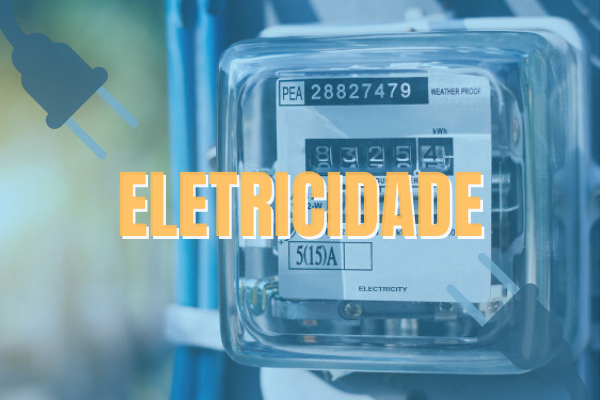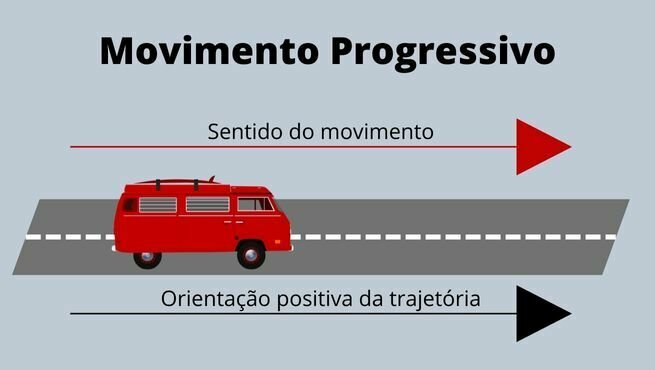Electricity is the name given to a set of phenomena that occur thanks to the imbalance or movement of electrical charges, a property inherent in protons and electrons, as well as in electrically charged bodies. In electricity, there are phenomena electrostatic and electrodynamic, related to charges at rest and in motion, respectively.
See too: What is magnetic force?
electricity concept
The concept of electricity is comprehensive, but we can understand it like all Effects that electrical charges produce on matter. Electricity is commonly associated with electric current, a load movement that is established when any body is subjected to a electric potential difference.
Electricity in Physics
The origin of electrical phenomena is in the electrons, which present the lowest possible electrical charge, known as fundamental charge, which is worth about 1.6.10-19 Ç. When excited or under the action of a electric field external, the electrons can be conducted, giving rise to electrical currents and the whole range of phenomena related to electricity.

In Physics, it is very common for the term electricity to be used as the amount of energy consumed in electric circuits. This energy, also known as electrical potential energy, can be calculated using the electric power – the amount of electrical energy a device consumes each second.
Electrical potential energy is measured in joules, or in kWh, which is a more common unit used as the parameter by electricity distribution companies. The energy contained in one kWh has an economic value, which can be different in each region, according to the technical difficulties of energy distribution or even, according to local demand. The energy contained in 1 kWh is equal to 3.6.106 J.
See too: Optical phenomena - events resulting from the interaction between light and matter
Do not stop now... There's more after the advertising ;)
Electricity formulas
In this section, we bring the mainformulas related to electricity, check out:
THE electric current that traverses a conductor can be calculated using the following expression:

i – electric current (A)
ΔQ – electric charge (C)
t – time interval(s)
THE electrical voltage or electrical potential that a charge produces at a distance d, measured from its center, is calculated using the formula:

U – electrical potential (V)
k0 – electrostatic vacuum constant (9.109 Nm²/C²)
Q – electric charge (C)
d – distance (m)
O fieldelectric produced by a point charge is a vector quantity and can have its modulus calculated by the following formula:

AND – electric field (N/C)
THE strengthelectric between two point charges, separated by a distance d, is calculated by the following formula:

Q and q – electrical charges
THE relationship between electric field and electric force described by Coulomb's Law is shown in the expression:

THE electrical potential energy from the interaction of point charges separated by a distance d is calculated by the following formula:

O electric potential, written in terms of electrical potential energy, is defined using the following formula:

THE electricity consumed for some device, of electrical power P, it can be calculated using the formula below:

ANDEL – electrical energy consumed
FOR – power
t - time
See too: Electric generator - device that transforms different types of energy into electricity
history of electricity
O first documented report of an observation of electrical phenomena is attributed to the greek philosopher Miletus Tales. Tales realized that when rubbed onto leather strips, amber (a fossil plant resin) had the ability to attract small objects such as dry leaves. Amber, which in Greek is called elektron, gave name to the particle that originates most of the electrical phenomena, the electron.
Check a brief timeline with the main events that marked the history of electricity, after the discovery of Thales of Miletus:
1660 – OttoVanGuericke invented a machine that produces electrostatic charges through the friction.
1730 – CharlesFrancisDufay discovered that electricity generated by friction can have two distinct classes: the positive charges and the negative charges, as we know them today.
1744 – BenjaminFranklin used an accumulator of electrical charges attached to a conductor wire that held a kite during a storm, thus confirming that lightning was an electrical phenomenon.
1780 – LuigiGalvani found that electricity can move the limbs of dead animals, suggesting that muscles contract thanks to the passage of electrical charges.
1796 – A large number of copper and zinc discs were stacked on a cloth soaked in acidic solution. alessandroReturn had invented the first battery.
1820 – HansChristinOersted discovered that electric current is capable of producing a magnetic field.
1831 - Michaelfaraday discovered electromagnetic induction.
1827 – GeorgeSimonOh M discovered a mathematical relationship between resistance, voltage and electric current, now known as Ohm's First Law.
1875 – The telephone was invented by AlexanderGrahambell
1880 – ThomasEdison invented the light bulb.
1886 – GeorgeWestinghouse the first electricity distribution system by alternating current, invented by Nikola Tesla.
1890 – NikolaTesla developed the three-phase electrical current distribution system.
1905 – AlbertEinstein explained how the photoelectric effect, which allowed the development of solar panels.
1911 – Kamerlinghonnes discovered the phenomenon of superconductivity, of great importance for the generation of modern electrical energy.
See too: Speed of light: how long does light take to reach us?
how electricity came about
As with other natural phenomena, electricity has always existed, long before humanity emerged. You rays, for example, are the electrical phenomena that produced most of the entire ozone of the Earth's atmosphere. You rays originate from clouds that are electrified by friction between a large number of ice, air and water vapor crystals, eventually discharging and causing a large electric current is formed by air, which produces a great flash and bang, in addition to temperatures in the order of thousands of degrees.
At chemical bonds that formed the first water molecules on planet Earth, for example, are the product of attractionelectricin betweenloads, described mathematically by the Coulomb's Law. This force caused different elements to combine, merely by compatibility of electrical charges, thus giving rise to life.
Electricity as we know it was the result of long searches and the tireless work of a large number of physicists, chemists, engineers and mathematicians who made the production possible, distribution and the emergence of machines and technologies whose driving force was electricity, thus making it increasingly popular and accessible.
Electricity exercises
Question 1) A conducting wire is traversed by about 2.10-14 C every microsecond (10-6 s). Determine the intensity of the current flowing through the conductor:
a) 3.10-4 THE
b) 2.10-8 THE
c) 5.10-6 THE
d) 7.10-8THE
e) 2.10-5 THE
Feedback: Letter B
Resolution:
To solve the exercise, just calculate the electrical current, observe:

According to the resolution, the electrical current formed is the letter B.
Question 2) The unit of measurement of electrical potential, according to the SI units is the volt, which can also be written as:
a) V/m
b) C/F
c) N/m
d) J/C
e) A/m
Feedback: Letter D
Since electrical potential can be calculated as the ratio of electrical potential energy to charge electrical, its unit can also be expressed in joules per coulomb, so the correct alternative is the letter D.
Question 3) Check the alternative that correctly completes the gaps in the sentence:
The electric field is a ________ quantity, defined as the __________ exerted per unit of charge. The electric potential, in turn, is a _________ quantity, defined as __________ per unit of charge.
a) scale; electrical force; vector; electrical potential energy
b) vector; electrical force; climb; electrical potential energy
c) scale; electrical potential energy; climb; electric force
d) physics; electric current; vector; electric force
e) physics; electric charge; climb; electric force
Feedback: Letter B
Resolution:
The electric field is a greatness vector, defined as the electric force exerted per unit of charge, the electrical potential, in turn, is a climb, defined as the energypotentialelectric per unit of charge.
By Rafael Hellerbrock
Physics teacher
Analyze: One conductor A, positively electrified and placed in contact with another conductor B, iinitially neutral.
b) During the electrification from B there is a electron movement or of protons? From A to B or from B to A?
When one body exerts a electric force in attraction, it can be said that:
a) one has a positive charge and the other a negative one.
b) at least one of them is electrically charged.
c) one has a greater charge than the other.
d) both are conductors.
e) at least one of the bodies conducts electricity.


